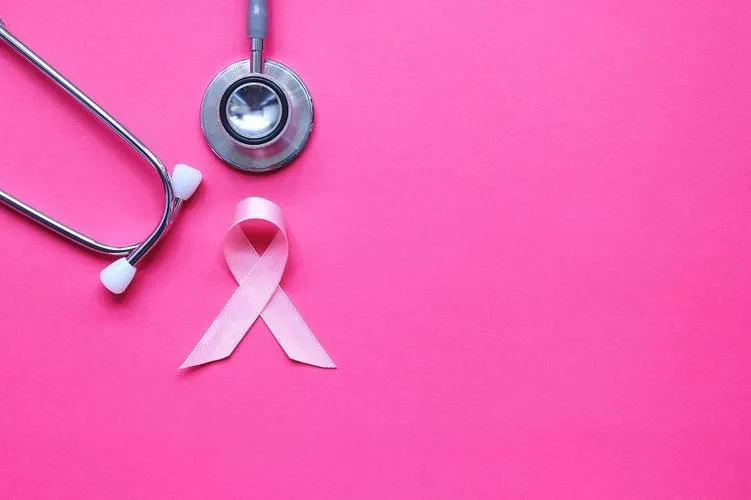Breast Cancer Diagnosis: First Steps and Treatment
August 13, 2022
The breast is an organ located over the upper ribcage and chest. There are two breasts with glands and ducts, including visceral fat. The breast produces and distributes milk to nourish neonates and babies. The quantity of fatty tissue present determines the volume of each breast.
What is breast cancer?
Breast cancer is a malignancy that originates in any area of the breast. It might begin in one breast or both. The uncontrollable cell proliferation in the breast leads to breast cancer. It affects nearly exclusively women, although it can also affect men.
Breast cancer can spread to other parts when cancer cells enter the bloodstream or lymph network and spread to other body regions.
Injuries or disorders affecting the breast and lactation channels can cause pain in breast. However, cancer is rarely painful in the early stages. Acute breast cancer, which also causes redness and inflammation, is the exception.
Early detection of breast cancer
Although breast cancer is occasionally discovered when breast cancer symptoms occur, many people with the disease show no signs, so it is critical to get frequent breast cancer screenings. Breast cancer symptoms may be detected and diagnosed using various techniques. If a diagnostic test reveals the cause, or you already have symptoms that might indicate breast cancer, you'll need extra testing to determine if it's cancer. A fresh lump or tumour is the most prevalent breast cancer symptom though other breast cancer symptoms also can occur. Any alteration in your breast should be examined by a healthcare professional.
Types of breast cancer:
The following are the various types of breast cancer:
- Ductal carcinoma in situ
- Phyllodes tumour
- Triple-negative breast cancer
- Inflammatory breast cancer
- Paget disease of the breast
- Invasive breast cancer
- Angiosarcoma
Treatment for breast cancer
Treatments for breast cancer keep improving all the time, and women now have more alternatives than ever before. With several options, it's a good opportunity to know everything you can about the ones that would be most beneficial to you.
The two major aims of all breast cancer therapies are:
- To eliminate as much cancer as feasible from your body
- To prevent the sickness from returning
Which treatment for cancer should I choose?
Before recommending therapy for you, your specialist will consider the following factors:
- Your specific type of breast disease
- The phase of your cancer represents the size of the tumour and how far it has gone throughout your body
- Whether your tumour possesses HER2 protein, oestrogen, progesterone receptors or other distinguishing characteristics
Factors such as your age, whether you've not been through menopause and any other health issues you may have are considered while selecting a treatment option.
What are the different treatment options for breast cancer?
Some therapies reduce breast pain or destroy cancer from the breast and surrounding tissues, including lymph nodes. Among them are:
Surgery
The most common initial step is to extract the tumour. A lumpectomy is a procedure to remove only the cancerous portion of your breast. Breast-conserving surgery is another name for it. During a mastectomy, the entire breast is removed. Mastectomies and lumpectomies come in a variety of shapes and sizes.
Radiation therapy
Radiations of large wavelengths are used to destroy cancer cells in this therapy. Usually, women under the age of 70 that get a lumpectomy also receive radiotherapy. If the illness has spread, doctors may also prescribe this therapy. It aids in destroying any cancerous cells that perhaps the surgeon was unable to eradicate. Radiation may originate from a device outside your chest or from small seeds implanted in your chest.
Other therapies aim to eliminate or manage cancer cells throughout the body:
Chemotherapy
Drugs are used in chemotherapy to destroy cancer cells. The medications can be taken orally or intravenously. It is usually given after surgery to eliminate any remaining cancer cells. Doctors may also recommend it before surgery to help shrink tumours. Chemotherapy effectively fights cancer, but it can also destroy healthy tissue.
Request an appointment at Apollo Spectra Hospitals, Call 18605002244
Conclusion:
A malignant growth in and around the breasts is known as breast cancer. A lump generally forms due to aberrant cell development. Most breast lumps remain harmless, although some are precancerous or even cancerous. Breast cancer could be localised or spread across the body.
Your physician may identify a new primary breast cancer symptom rather than a recurrence in certain cases. If this is the case, you should begin therapy within two months (62 days). This period begins when the hospital receives an emergency referral for cancer suspicion.
Most women with breast cancer require surgery, and several of them also demand additional treatment after that, such as chemotherapy, hormonal treatment and radiation.
The following variables can affect breast cancer growth: The subtype of breast cancer E.g., Triple-negative with HER2-positive tumours develop more quickly, but hormonal receptor-positive cancers increase slightly.
NOTICE BOARD
CONTACT US
CONTACT US
 Book Appointment
Book Appointment


.svg)
.svg)
.svg)
.svg)








